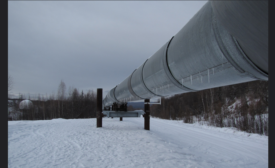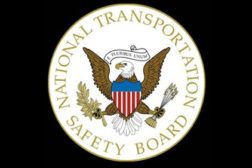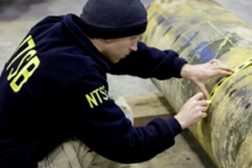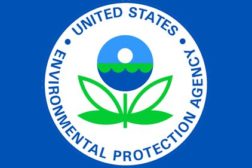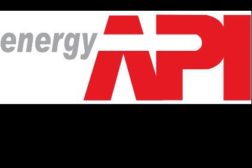Home » Keywords: » pipeline
Items Tagged with 'pipeline'
ARTICLES
Oil industry responds to NTSB report on Michigan crude oil spill
NTSB identifies "complete breakdown of safety" at Enbridge
July 12, 2012
Become a Leader in Safety Culture
Build your knowledge with ISHN, covering key safety, health and industrial hygiene news, products, and trends.
JOIN TODAYCopyright ©2024. All Rights Reserved BNP Media.
Design, CMS, Hosting & Web Development :: ePublishing
